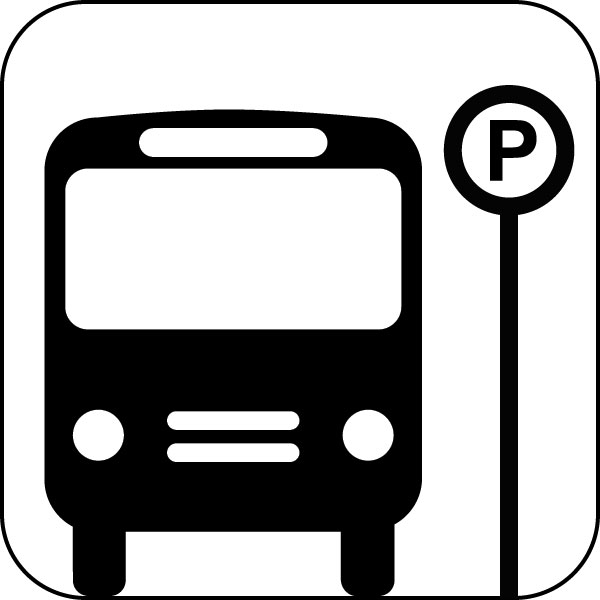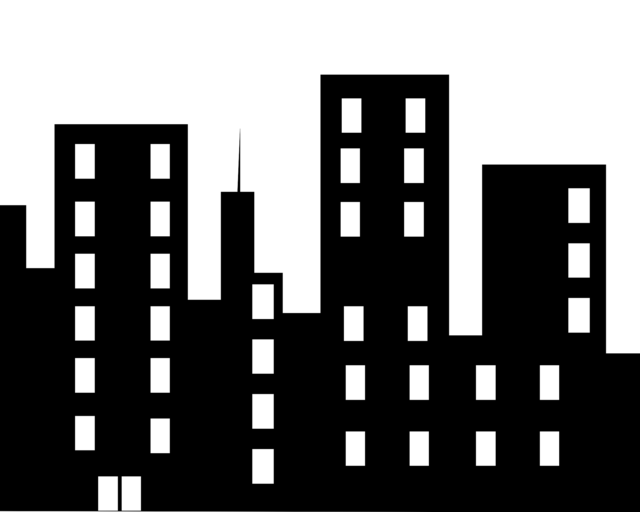27% of US employees perform some work between 10 PM and 6 AM.
Americans are working longer hours, and they are much more likely to work at night and on weekends.
CURRENT
N4 Cottage Grove
N5 South Shore Night Bus
N9 Ashland
N20 Madison
N22 Clark
N34 South Michigan
N49 Western
N53 Pulaski
N55 Garfield
N56 California Station Owl
(Sep 4 to Oct 16)
N56 Damen Station Owl
(Oct 20 to Dec 22)
N60 Blue Island/26th
N62 Archer
N63 63rd
N66 Chicago
N77 Belmont
N79 79th
N81 Lawrence
N87 87th
The "Travel Characteristics of CTA's Owl Passengers," published by the CTA, concluded that, "The picture of the owl rider that emerges is a hard-working but low-income person, usually minority, supporting a family, with a second job or a premium-pay third-shift job.
ELEVATED LINES
Red and Blue only out of 8 Lines
ELIMINATED
N8 Halsted
N12 Roosevelt
N 28 Stoney Island
N29 State
N35 35th
N47 47th
N52 Kedzie/California
N54 Cicero
N56 Milwaukee
N60 Blue Island/26th
N72 North
N85 Central
N108 Halsted/95th
N119 Michigan/119th
N151 Sheridn
Press Release October 14, 2014
Citizens Taking Action for transit dependent riders
For Information:
Charles Paidock, Secretary (312) 842-5036, (312) 714-7790 cpaidock@hotmail.com
Kevin Peterson (773) 896-8126 transitcatt@hotmail.com
27% of US employees perform some work between 10 PM and 6 AM, 29% do some work on weekends
Americans are working longer hours, and much more likely to work at night and on weekends
Transit Group Calls for More Night and Weekend Service
Citizens Taking Action, a public transit advocacy organization, is calling for increased evening, night, and weekend service in order to meet the transit needs of passengers who work late or on Saturday or Sunday A recent study has shown that 27% of Americans perform some work between 10:00 PM and 6:00 AM. Work on weekends is also more common in the US than in other countries, with 29% of employees doing it Americans are either working longer hours, or taking a second job, to make end meet. The burden of working at unpleasant times, the group believes, falls disproportionately on those who have the least earning power, and are likely to use and depend on public transit. Its research revealed, however, that CTA has virtually eliminated all 24 hour bus and trains operations, traditionally called "night owl" service. Only about 10% of the transit system operates all the time.
Pay is believed to make people rack up night and weekend hours. Companies have to offer higher pay to get people to work when nobody else wants to. Low-skilled and immigrants workers, who need the extra money the most, are regarded as the ones taking these jobs.
A study published by CTA a few years ago, entitled "Travel Characteristics of CTA's Owl Passengers," concluded that, "The picture of the owl rider that emerges is a hard-working but low-income person, usually minority, supporting a family, with a second job or a premium-pay third-shift job.
At present it was determined that CTA offers night Owl service on only 17 bus routes all year out of 129 total routes, and some of these routes were shortened. Only the Red and Blue elevated lines have 24 hour service. Six of the other elevated lines stop running at various times. The group is concerned that transit dependent riders cannot rely on a system which shuts down around 90% of its operations.
Charles Paidock, Secretary, stated that: “A transit system which doesn’t get people to and from work is not performing its essential function. CTA is becoming a rush hour only operation. It is clear that more and more people need off-peak public transit. We have been told by CTA that the system is paid for by rush hour passengers, so the cost of providing off-peak services is not an issue. CTA is turning into 'standing room only' type of service. You can see this in their elimination of seating on new vehicles.”
Kevin Peterson said: "Too many of the CTA routes are stopping between 9:30 PM and 10:30 PM, so how are people even to get home from the second shift? Many of the routes that used to be 24 hours are maybe going to 12:30 AM only. I count 15 total eliminations of an entire owl service route, and 7 bus routes which were shortened in night time service. Only 2 out of 8 elevated lines operate 24 hours. I would like to know what justification there is for this constant elimination of service?"





